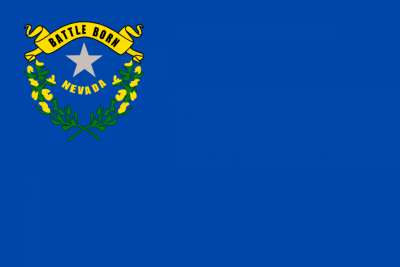Nevada

Nevada has a right of publicity statute which preempts any common law right of publicity. However, Nevada recognizes a common law action for invasion of privacy, including the tort of appropriation of name or likeness which may survive the passage of the Nevada right of publicity statute when the claimed injury is dignitary in nature.
Statute
YES
Nev. Rev. Stat. Ann. §597.770 et seq.
Common Law - Right of Publicity
NO
Nevada courts have held that the right of publicity statue is the sole protection against a right of publicity claim.
People for Ethical Treatment of Animals v. Bobby Berosini, Ltd., 895 P.2d 1269 (Nev. 1995)
Common Law - Right of Privacy-Appropriation Tort
YES
Franchise Tax Bd. of Cal. v. Hyatt, 335 P.3d 125 (Nev. 2014)
Post-Mortem Right
YES
Under Nev. Rev. Stat. Ann. §597.800, post mortem rights are available for fifty (50) years after the death of the identity holder. To bring a claim, successors must register and if they do not do so within six months of an unwanted commercial use any right of publicity claim is waived.
Limits on Right
Does the law require the plaintiff or identity-holder to be a celebrity or have a commercially valuable identity?
NO
Hetter v. Clark County, 874 P.2d 762 (Nev. 1994)
Does the law protect persona?
UNCLEAR
The statute only protects uses of “name, voice, signature, photograph or likeness,” but its scope has not been construed.
Nev. Rev. Stat. Ann. § 597.790
Is Liability Limited to Uses on Commercial Advertising or Commercial Speech?
UNCLEAR
The statute provides remedies for unauthorized commercial uses which include uses “on or in any product, merchandise or goods or for the purpose of advertising, selling or soliciting the purchase of any product, merchandise, goods or service.” It is not clear, however, that this limits claims only to commercial speech nor has any court so held. The appropriation privacy tort also is unlikely to be so limited.
Statutory Defenses
YES
The statute provides a number of exceptions, including
- uses by impersonators in live performances
- uses “in connection with a news, public affairs or sports broadcast or publication”
- uses in a “play, book, magazine article, newspaper article, musical composition, film, or a radio, television or other audio or visual program, except where the use is directly connected with commercial sponsorship”
- uses “in connection with an original work of art except that multiple editions of such a work of art require consent”
- uses in connection with advertising any of these preferred uses
- uses in connection with the state or other government agency’s promotion of tourism.
First Amendment Analysis
Nevada has not expressly addressed First Amendment considerations for the right of publicity. Nevada sits in the Ninth Circuit, however, which has had occasion to consider the interaction between the First Amendment and the right of publicity under California law. The Ninth Circuit has adopted a variety of tests for assessing First Amendment tests in such instances, including California’s transformative use test, and a broader balancing approach.
In re NCAA Student-Athlete Name & Likeness Licensing Litigation, 724 F.3d 1268 (9th Cir. 2013)
Hoffman v. Capital Cities/ABC, Inc., 255 F.3d 1180 (9th Cir. 2001).
[More: A federal district court deciding a right of publicity case under Nevada law has applied the transformative use test to defeat a right of publicity claim.]
Mine O’Mine, Inc. v. Calmese, 2011 WL 2728390 (D. Nev. 2011)
